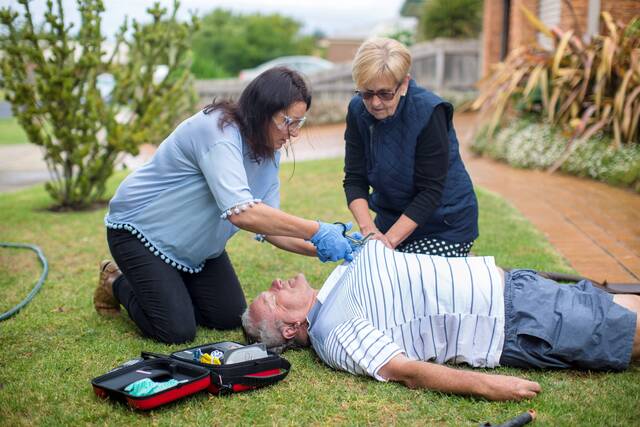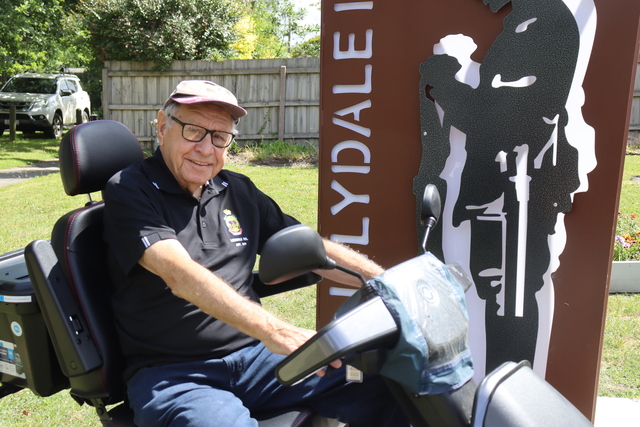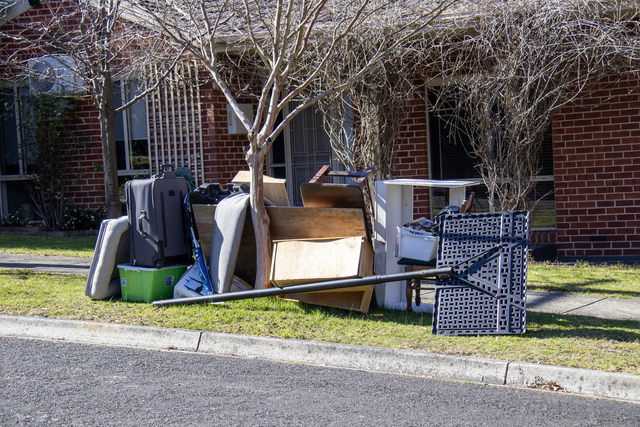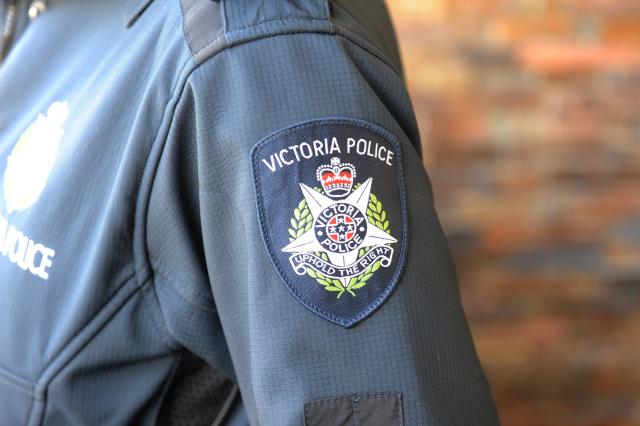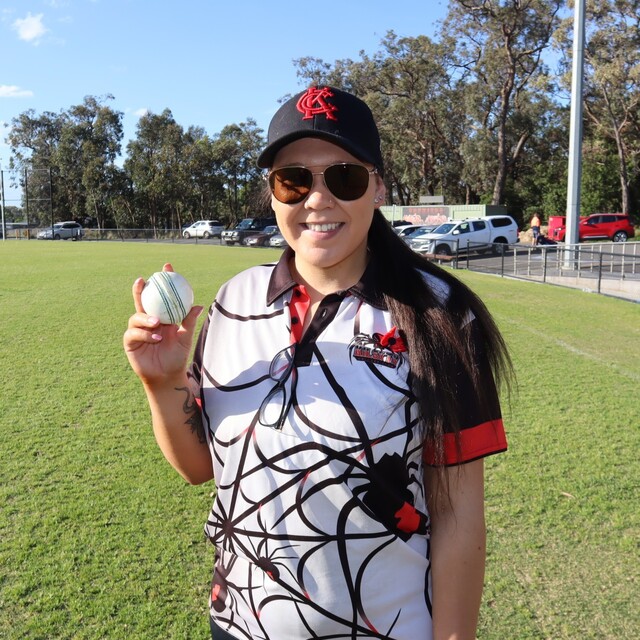Ambulance Victoria (AV) paramedics are emphasising the importance of early intervention for cardiac arrest cases, following a study that found a defibrillator shock from a bystander can vastly improve survivors’ quality of life 12 months on.
The data underpins AV’s month-long Shocktober campaign, which highlights the life-saving importance of learning CPR and knowing how to use an automated external defibrillator (AED).
The Victorian study interviewed 1520 out-of-hospital cardiac arrest (OHCA) patients who had a shockable heart rhythm and survived 12 months after cardiac arrest.
Of the participants, about 72 per cent were first shocked by paramedics, about 18 per cent were shocked by first responders and about 10 per cent by bystanders.
Findings showed that 12 months on from cardiac arrest, survivors who received bystander defibrillation were:
77 per cent more likely to live at home without care,
72 per cent more likely to have returned to work,
53 per cent more likely to have had a good functional recovery when compared to survivors who waited longer to receive the first shock from paramedics.
AV Director Research and Evaluation Ziad Nehme said bystander intervention not only increased a cardiac arrest patient’s chance of survival but could have life-changing effects long after the incident.
“Brain damage occurs quickly after the onset of cardiac arrest, as brain cells are starved of oxygen,” he said.
“Bystander defibrillation halves the time to giving the first shock compared to waiting for paramedics, so the sooner defibrillation can be administered, the less brain damage to patients.”
The study also shows survivors who received bystander defibrillation are more likely to be discharged home from hospital, and less likely to be discharged to a rehabilitation facility, compared to first responder or paramedic-shocked survivors.
Ziad said the research further supported paramedics’ call to Victorians to learn CPR, and know where your nearest accessible AED is and how to use it.
“Victoria has the best cardiac arrest survival rate in Australia, and one of the best in the world, but we want to further improve those rates by increasing bystander intervention before paramedics arrive,” he said.
“If you witness someone suffering a cardiac arrest, we urge you to call Triple Zero (000), start chest compressions and, if there’s one nearby, grab a defibrillator and apply shocks as prompted before paramedics arrive. You don’t need any training to use a defibrillator.
“It may not only save the patient’s life but improve their quality of life long after the event.”
Survivors’ functional recovery was measured by the Glasgow Outcome Scale-Extended (GOS-E) and also assessed their ability to return to work and live at home without care.
Researchers from AV, Monash University, Victoria University and The Alfred Hospital published the research online, titled ‘One-year quality-of-life outcomes of cardiac arrest survivors by initial defibrillation provider’.
This Shocktober, AV encourages anyone comfortable performing hands-only CPR to sign up to be a GoodSAM Responder to help save more Victorians.
GoodSAM is a life-saving smartphone app that connects Victorians in cardiac arrest with members of the community who are willing to start CPR in the critical minutes before paramedics arrive.
There are currently more than 16,000 GoodSAM Responders across the state, but we always need more.
Visit Shocktober to learn more about the campaign, the GoodSAM app and how to perform CPR and use an AED.
Visit AV’s AED Registry to find your nearest AED, here: registermyaed.ambulance.vic.gov.au

